This post may contain affiliate links. Read our disclosure policy.
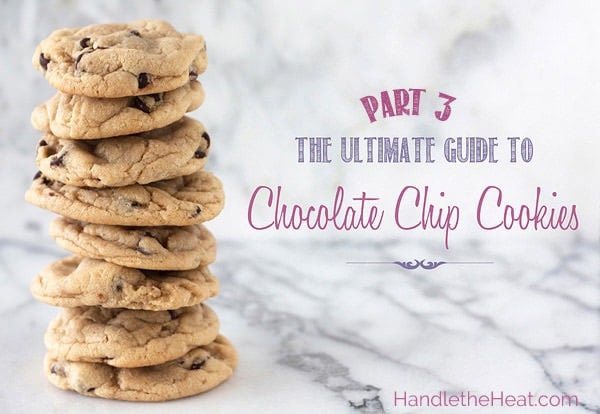
Check out The Ultimate Guide to Chocolate Chip Cookies Part One, plus The Ultimate Guide to Chocolate Chip Cookies Part 2 and Ultimate Guide to Chocolate Chip Cookies Part 4!
Have you ever wondered what ingredients you could substitute in a chocolate chip cookie recipe for dietary needs? How to make cookies healthier, whole wheat, vegan, gluten-free, egg-free, or butter-free?
Today I’m SO thrilled to be sharing with you my Ultimate Guide to Chocolate Chip Cookies part THREE! We’re diving into dietary and health restrictions today. I can’t tell you how often I’m asked how to make a recipe work for special diet needs, and I received many requests to do an Ultimate Guide to Chocolate Chip Cookies on just that topic. As someone without any special diet or health needs, this is an area I am fairly unfamiliar with. I thought this experiment would be the perfect way to dip my feet into this world!
I used an adapted version of the Nestle Tollhouse Chocolate Chip Cookie recipe as my control and made small variations among the ingredients to show you how they affect the cookie, all with dietary restrictions and health needs in mind. I kept everything else the same in each recipe test so we could observe the differences in the finished cookie, photographing all the results for you. See the comparison photo at the end of this post.
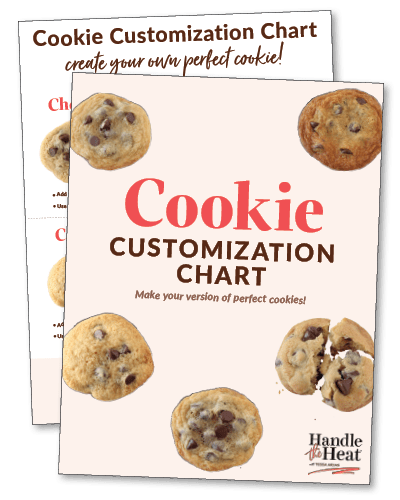
Free Cookie Customization Guide!
The science-based guide so you can bake perfect cookies every time!
Tools and Ingredients Used (when applicable):
–Spring-Loaded Cookie Scoop (Medium or 1 1/2-Tablespoon size)
–Chicago Metallic sheet pans
–Escali Digital Food Scale
–KitchenAid 5-quart Stand Mixer
–Oven thermometer
–Unbleached parchment paper
-Gold Medal All-Purpose Flour
-Fine sea salt
-Light brown sugar
-Large eggs
-Unsalted butter at a cool room temperature
Control Recipe
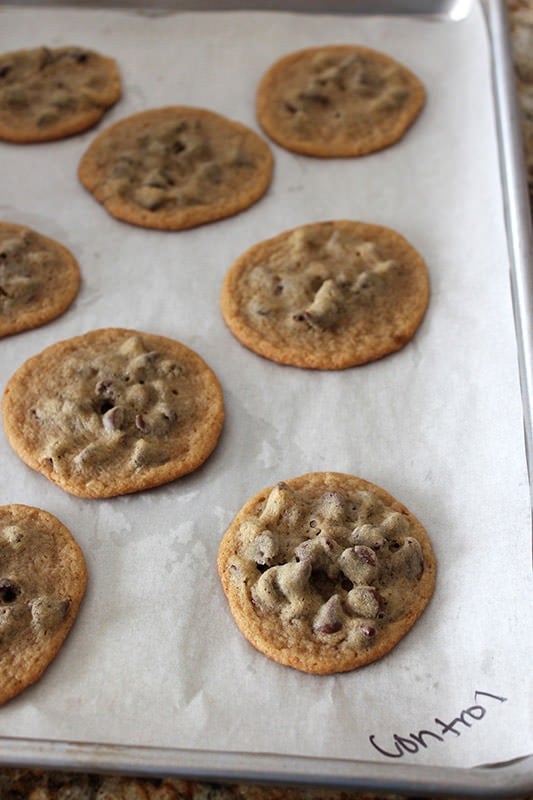
Ingredients:
1 cup plus 2 tablespoons (142 grams) all-purpose flour
1/2 teaspoon baking soda
1/2 teaspoon salt
1 stick (113 grams) unsalted butter, at room temperature
1/4 cup plus 2 tablespoons (75 grams) granulated sugar
1/4 cup plus 2 tablespoons (75 grams) packed light brown sugar
1/2 teaspoon vanilla
1 large egg
1 cup (170 grams) semi sweet chocolate chips
Directions:
Preheat oven to 350°F. Line baking sheets with nonstick baking mats or parchment paper.
In a medium bowl combine the flour, baking soda, and salt.
In the bowl of an electric mixer beat the butter, granulated sugar, and brown sugar until creamy, about 2 minutes. Add the egg and vanilla, beating well to combine. Gradually beat in the flour mixture. Stir in the chocolate chips. Scoop 1 1/2 tablespoon-sized balls and place onto prepared baking sheets.
Bake for 10 minutes, or until golden brown. Cool for 2 minutes before removing to wire racks to cool completely.
Whole Wheat Flour:
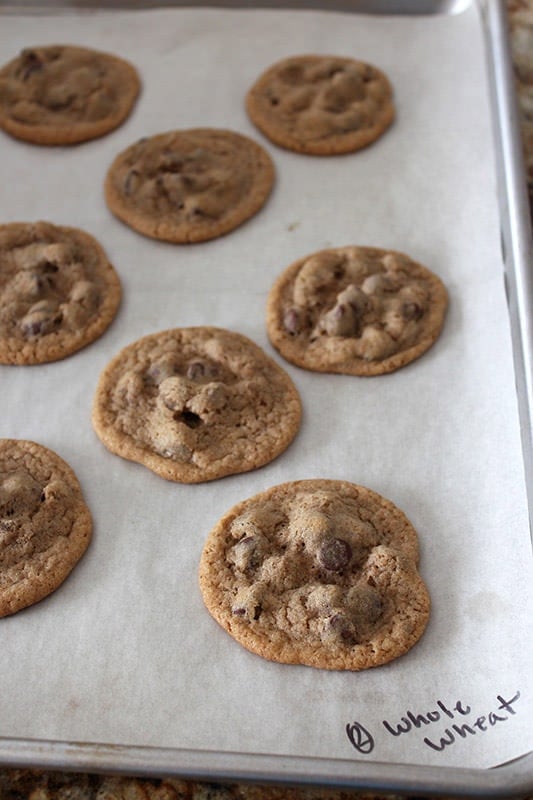
For this batch I substituted all of the 1 cup plus 2 tablespoons (5 ounces or 142 grams) of all-purpose flour in the control recipe with 1 cup plus 2 tablespoons (4.7 ounces or 135 grams) of King Arthur Whole Wheat Flour, proceeding with the instructions as written. The whole wheat dough was much stiffer than the control dough and the finished cookies were chewy, firm, with a nutty flavor. I was actually quite surprised by how delicious they were, I put a little smiley face on my notes. If you’re looking to add more fiber and whole wheat goodness to your diet, you can DEFINITELY get away with substitute half, if not all, whole wheat flour in your chocolate chip cookie recipes. I’m sure white whole wheat flour would be even less noticeable.
Gluten-Free:
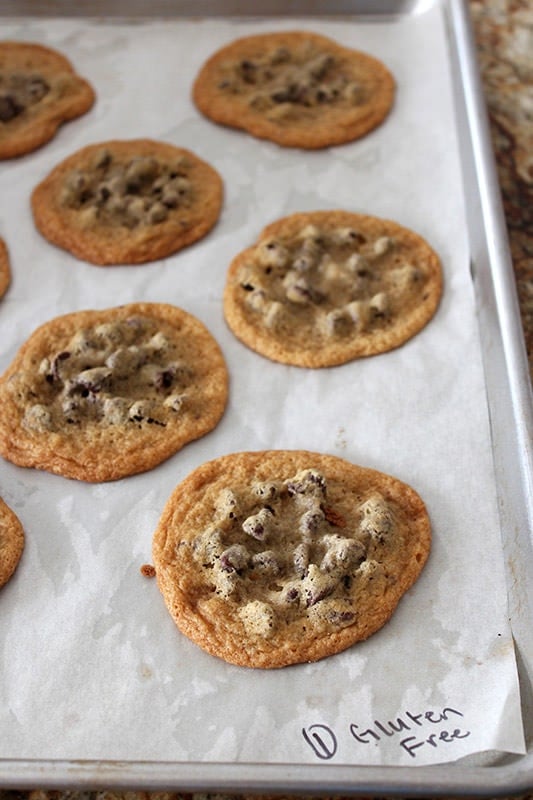
To make a batch of gluten-free cookies, I substituted all of the flour with the same exact amount of Cup 4 Cup Gluten-Free Flour, as directed in the Cup 4 Cup package directions (the name is quite literal). Beyond Amazon, you can find Cup 4 Cup at Sur la Table and Williams-Sonoma. I know there are MANY blends of flours and various ingredients to create a gluten-free flour mixture but I wanted to use something streamlined that I knew you guys would be able to get your hands on, and not have to spend a small fortune on half a dozen different specialty flours and ingredients. Since those who cannot eat gluten are often well versed in gluten-free recipes, I thought this would be especially helpful to those unfamiliar with gluten-free baking who may need to serve a gluten-free guest occasionally.
The gluten-free dough with Cup 4 Cup was pale and sticky. Overall, the Nestle control recipe is a fairly wet dough to begin with so I think when substituting with Cup 4 Cup, the recipe could have used a little more flour. Despite the sticky dough I proceeded, since I was trying to gauge just how effective this gluten-free product is, if it can truly be substituted one-for-one. The cookies unsurprisingly spread fast and flat with crunchy edges. I’d venture to assume that if I were to add a 1/4 cup more of the Cup 4 Cup they wouldn’t have spread so much. When I took my first bite into these cooled cookies I was pretty impressed. If I hadn’t known they were gluten-free I probably would have never guessed. The only other change was that the texture was ever so slightly grainy. Hardly noticeable though. Cup 4 Cup is definitely a great gluten-free option for cookies, though you may need to experiment to get it just right.
Coconut Oil:
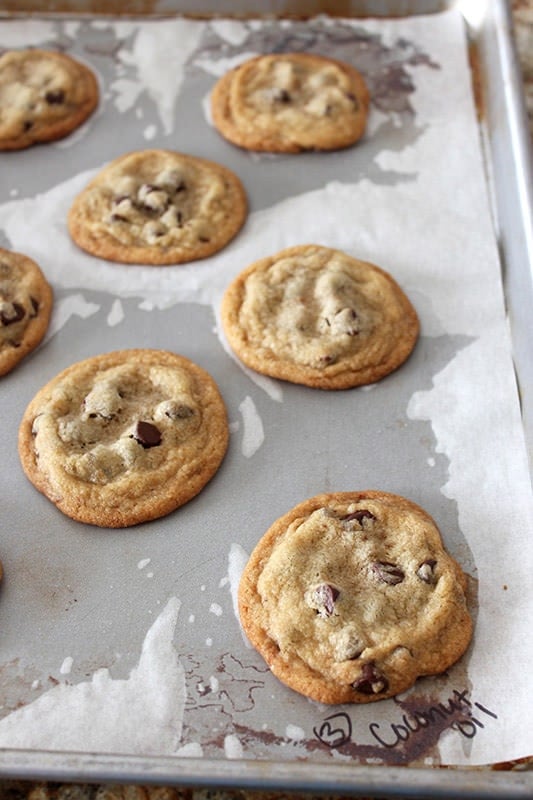
I know many people cannot have dairy, so I wanted to experiment with a butter-free cookie recipe. I substituted the stick of unsalted butter (1/2 cup or 4 ounces) in the control recipe with 1/2 cup room temperature coconut oil, weighing 3.68 ounces. I proceeded with the recipe as written and the resulting dough was ultra soft, pale, and slightly greasy. The baked coconut oil cookies were super chewy and moist, with just a hint of coconut flavor. I actually think the coconut scent was stronger than the flavor. These cookies LOOKED just like normal cookies, but were quite greasy. Regardless, they were delicious and had a great overall mouthfeel.
Maple Syrup:
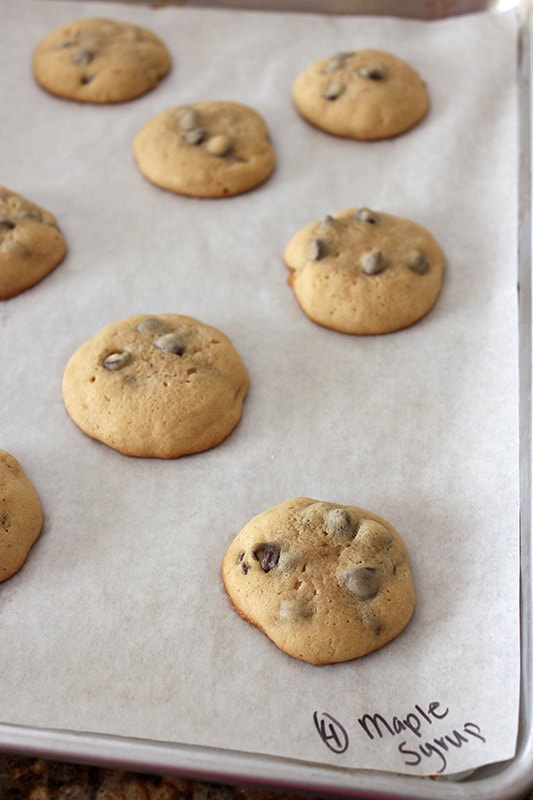
Just like dairy, I know many people cannot consume processed sugar. My mom is actually allergic to cane sugar, so I was extra motivated to test out a sugar-free batch. Instead of the combined 3/4 cup total of brown and granulated sugars in the control recipe, I used 1/2 cup of pure grade A dark amber maple syrup. Since I was adding so much liquid to the dough, I also added in a 1/4 cup of additional flour, an amount based off some internet research I did into baking with maple syrup. I used my electric mixer to beat the butter by itself until creamy, then added the maple syrup and beat until very well combined before proceeding with the rest of the recipe as written. The dough was still very, very sticky but I proceeded, trusting my substitution research. To my surprise, the cookies barely spread. Usually, very wet doughs spread more (such as the gluten-free batch), but these maple syrup cookies remained small, tall, soft, and slightly cakey with a little crispness at the edges. They definitely had a more mellow sweetness to them, but were still quite tasty.
Flax Egg:
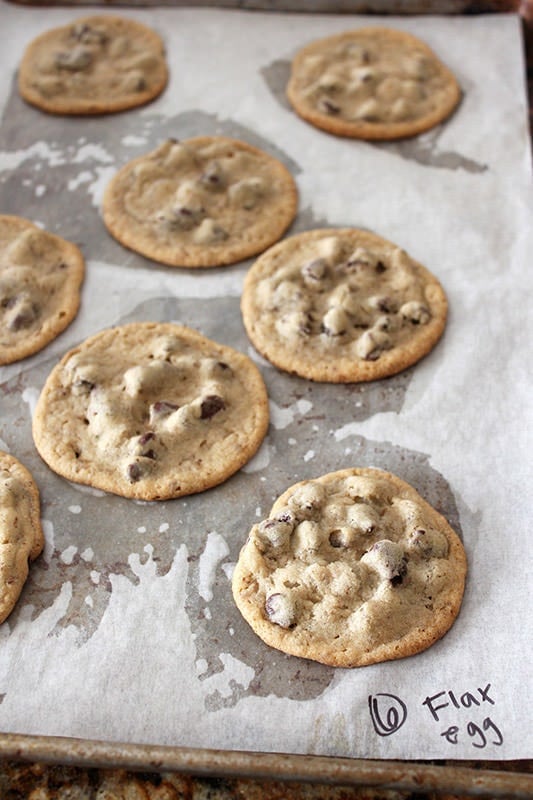
Eggs are a common allergen and I am frequently asked how to substitute them, whether for allergies or to make a recipe vegan-friendly. There’s nothing else in the world like an egg, so I’ve always been hesitant to experiment with egg substitutions. I actually LOVE adding an extra egg yolk in my cookies because it makes them more rich and chewy. So the thought of using NO eggs makes me nervous and unfortunately I am sad to say, it still does. It appears I have more experimenting to do though I’m not quite sure with what – vegan friends can you help me out? The most common egg substitute according to the internet is the flax egg, which is 1 tablespoons ground flax meal mixed with 3 tablespoons water. This is what I used to substitute the egg in the control recipe. The resulting cookies were flat, grainy, gritty, and super sweet with no depth of flavor. These were absolutely my least favorite of the experiments. I think flax eggs can work well as a one-for-one substitute in many recipes, but to me it’s far too noticeable in a chocolate chip cookie recipe. If you had absolutely no choice in the matter, a flax egg cookie could probably satisfying a cookie craving but I won’t be using it again since I don’t need to do so.
Final Comparison:
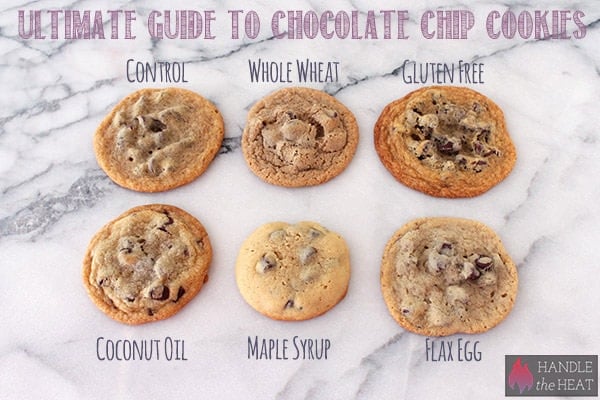
*If you use these images PLEASE give proper credit to me and link back to this post.*
What did you think of these experiments? Have you had success with any dietary substitutions in cookie recipes? Will you be trying out any of these substitutions? Let me know in the comments below – I’d love to hear from you!
All Three Guides in Comparison:
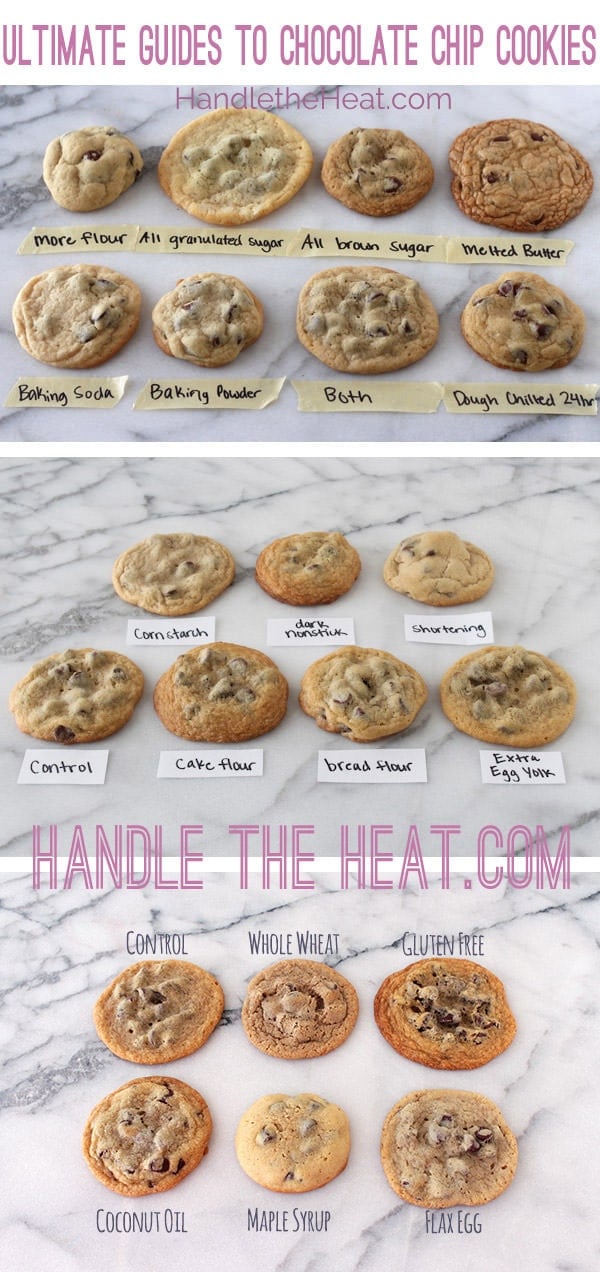
Check out The Ultimate Guide to Chocolate Chip Cookies Part One, plus The Ultimate Guide to Chocolate Chip Cookies Part 2 and Ultimate Guide to Chocolate Chip Cookies Part 4!
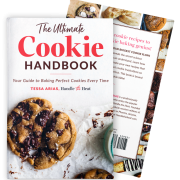
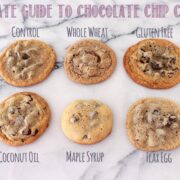

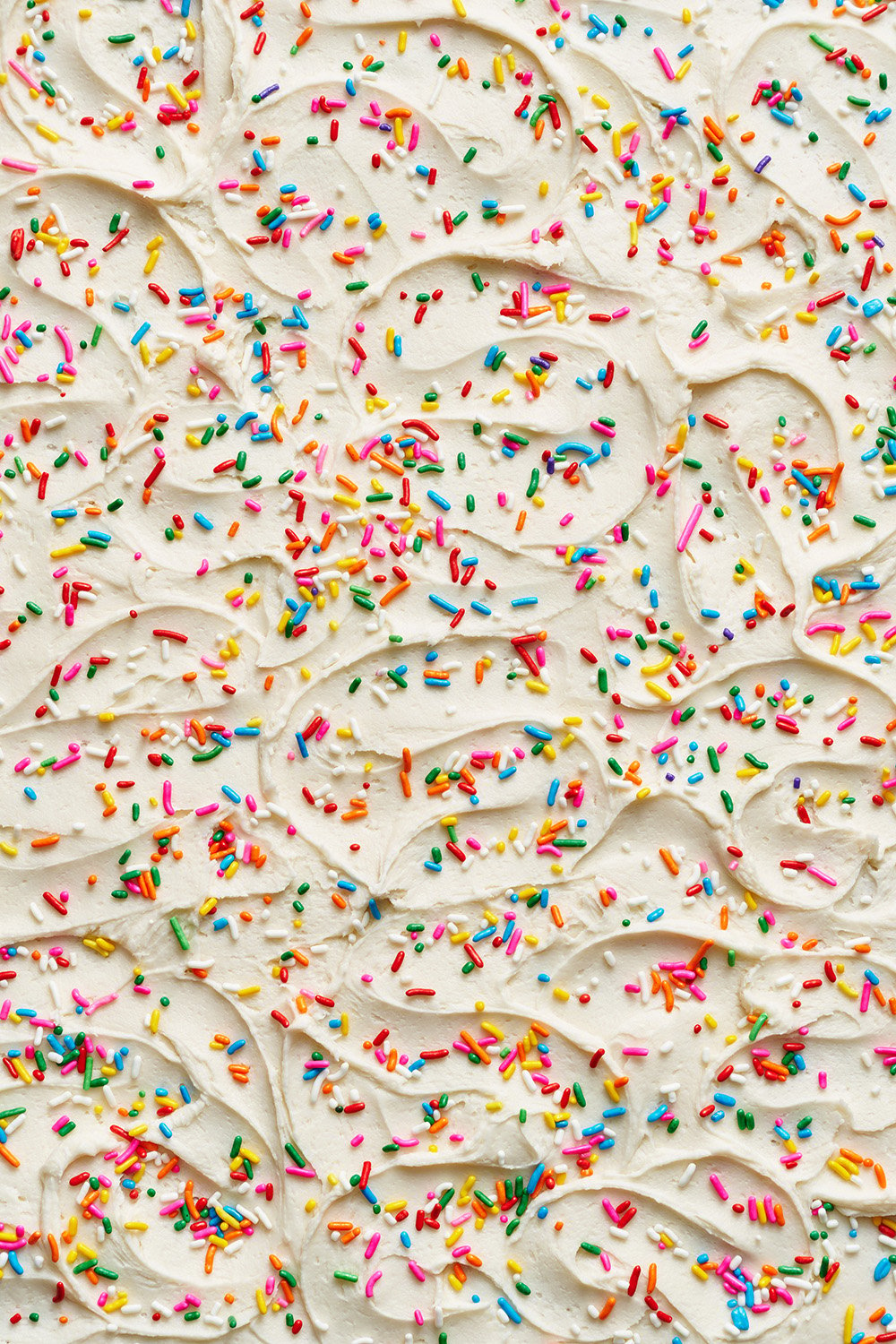
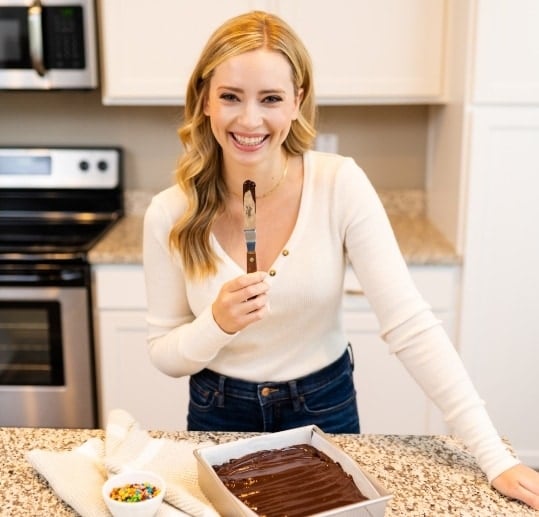


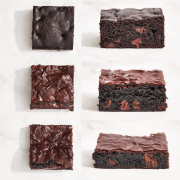
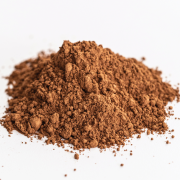
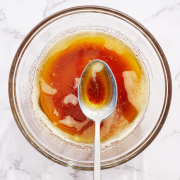

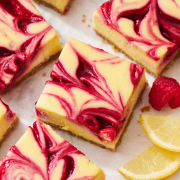
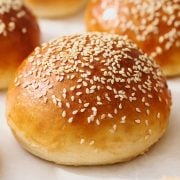
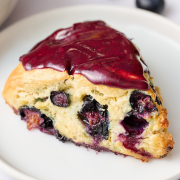








LOL – How can you even look at a chocolate chip cookie at this point????!!!!
Use 1/4 cup yogurt in place of egg
Excellent article series!
Weighing in on gf flours. Personally i use regular recipes and adapt for gf/df as you did here. The brand/ratios of gluten free flours makes a world of difference. I can tell by looking at your gf flour cookie that another brand would be better. My test is on people who know good food and have no food intolerances. If they can’t tell the difference in taste, texture or appearance I know it’s a winner. For cakes, King Arthur All purpose gf seems to produce results that are undetectable but also unpredictable. Lol.
I swear by Bobs Red Mill 1-1 for the best outcomes all around, especially cakes and cookies.
For cookies I use the Bob’s. For the dairy substitute I use Myoko’s cashew coconut “butter”. It acts and feels like butter. If it’s an oil sub I use coconut oil (yes a subtle taste difference but lends well to just about every baked good). With oil substitutes in place of melted butter I short it by 1 tbsp and increase the flour by 1 tbsp. Eliminates any gumminess. That Miyoko’s makes a to-die-for buttercream frosting of any flavor. Just melts super easily so no cupcakes for picnics on a hot day. Trust me on this one! I’m asked all the time to open a bakery so something’s working right. lol. Thank you for these great articles. I really enjoyed learning from your experiments!!!
Flax eggs work great but are better in a 1T flax to 2T water
Can I combine different things, like GF and Coconut oil? Thoughts?
I haven’t tried that, but you’re welcome to give it a try! There’s a lot of fun in experimenting in the kitchen 🙂 Let me know how it goes!
Hi Tessa, thank you so much for experimenting so we don’t have to. . About the egg substitution: way back when my son was in preschool, us parents put together a allergy recipe booklet & in it was a suggestion to substitute 1 banana for 1 egg. I have done this several times and haven’t really noticed too much of a difference and my kids ate the cookies just as fast.
Oh wow, glad to hear that worked for you!
Do you have a recipe for chocolate chip cookies using monk fruit sweetener? I’m a type 2 diabetic and cannot use maple syrup.
I don’t!
Hi, thank you for the extensive comparisons. Do you have parts 1-3 in a pdf? I would like to print and keep as reference. Just trying to be productive locked at home sigh.
Grateful for this research. I lost my FAVORITE CC cookie recipe from the 1970’s that was one you never see. A small MOUND (like a macaroon) , pale yellow, no spread, crunchy on the outside and NOT mushy on the inside. This is VERY helpful for me to try different variables! Thanks!
What makes cookies crumbly? And how do I prevent this?
I know this is 5 years after most comments, so hopefully this is seen!
My husband’s grandmother passed and with her went the mysterious secret to her famous chocolate chip cookies! I have been trying several variations on the recipe for years now and the consensus is that I’m *close* but not quite there. The comment I get most is that her cookies were darker. I already use dark brown sugar and they cook for the perfect time. I don’t know what else I can use to make them any darker. Any suggestions??